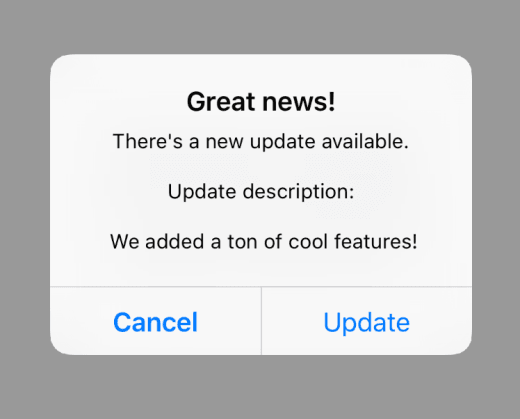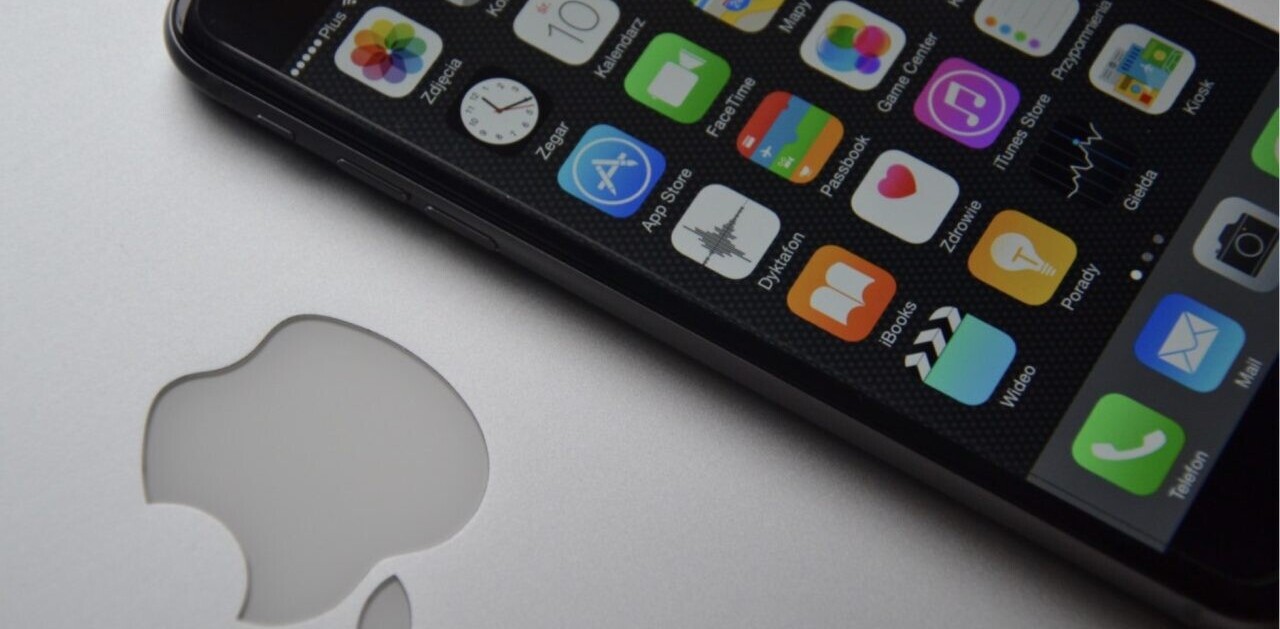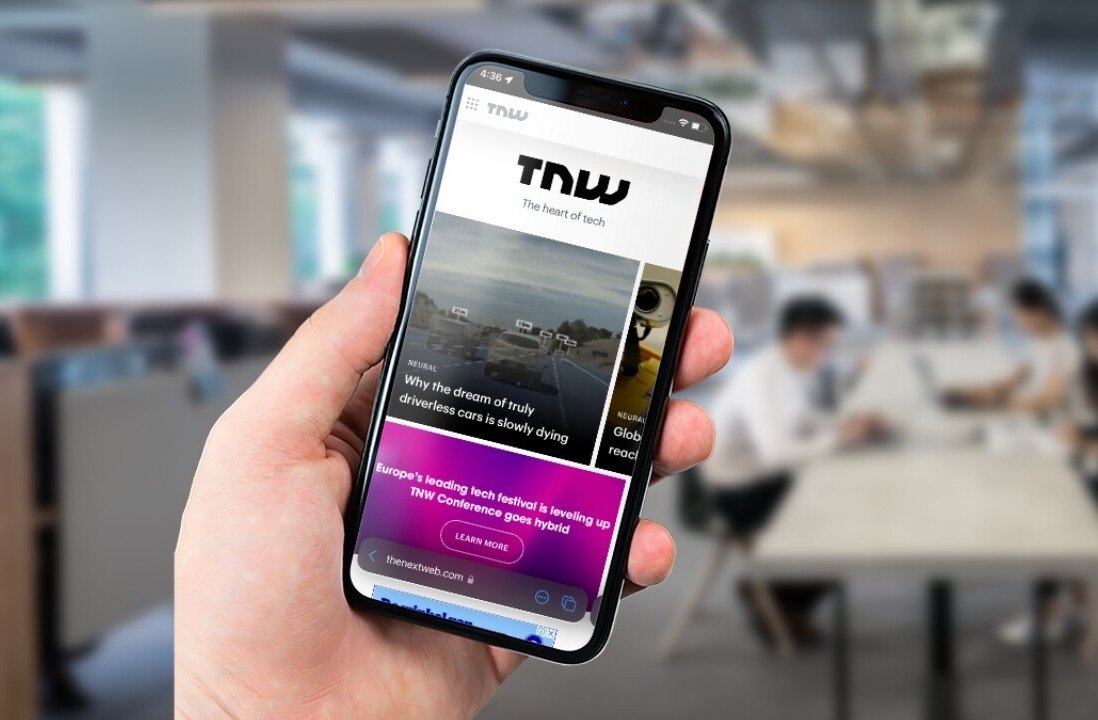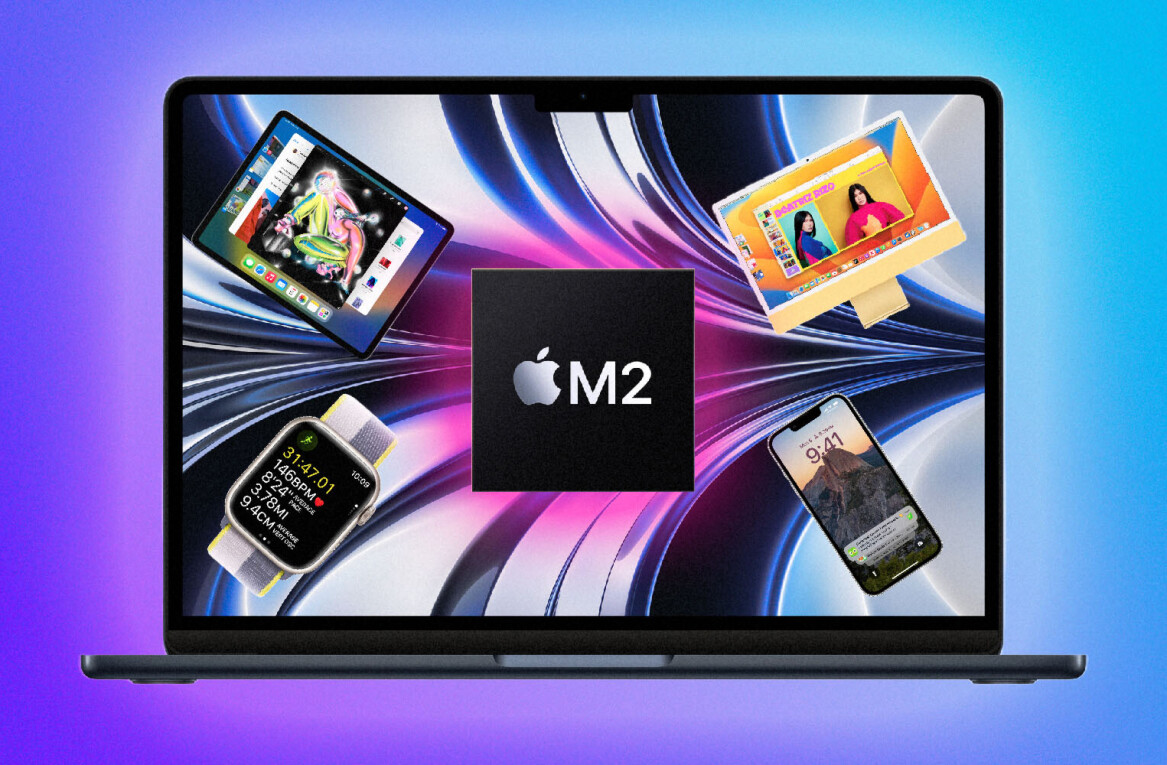
The app industry has come a long way when it comes to mobile user onboarding. In the past, discussion around this topic would lead to at least one participant discovering the very basic definition of the process, whereas today there’s hardly any need to explain the term. It’s interesting and encouraging to see that as our industry matures, more developers and marketers understand the importance of explaining their product to users and the devastating results of them failing to do so.
Working with app developers and marketers, I often discover that while the foundations in this field are set, there hasn’t been enough progress. For instance, the common interpretation for the term onboarding still refers only to the first time user experience, when there’s actually much more to it than that. The following lines present three common scenarios in the life of a mobile product, that do not fit the above definition but still very much require a solid introduction.
The neglected feature
In this specific case, the user in question is not at all new to the app. In fact, he or she might be one of the more active and engaged users you’ve managed to earn. This is the type of user who could potentially become an ambassador for your product, and as such, you want to make sure that they are well familiar with your app’s functionality and key strengths.
A great example for this type of mobile onboarding can be found in Facebook’s mobile app. The onboarding below is not meant for first time users, and is the sort of process that works for introducing new features, as well as shifting users’ focus to old yet unused ones. Another thing we liked about this user onboarding is the fact that it is personalized. Mobile personalization is a smart way of getting your audience’s attention.
In some cases, you might want to apply this strategy to all users and create what is known as “continuous (or phased) onboarding”. Instead of introducing every aspect of your product right from the start, walk first time users through the key points and reveal other features at a later, perhaps more relevant, point in time.
Uncovering the hidden gems in your app will gain you the most important thing of all: happy users. Giving your crowd more reasons to come back to the app will boost your retention rate, and really, what more could you ask for?
The lost son
This is one of the most painful, yet familiar cases for mobile apps. A user downloaded your app, opened it, maybe even used it – and then left. A while after, the user makes a comeback to the app installed long ago, only time has passed and the product is now quite different.

If this scenario is personally familiar – consider yourself lucky. Many users don’t give an app too many chances. It is now up to you to make the most out of this second chance, and you simply cannot do so without describing what your product went through while the user was away.
Keep in mind that if the user left your app because he or she were disappointed, they deserve the best do-over possible. There’s a good chance that by walking them through these updates, you will convince the users that whatever drove them away in the past is now fixed. A personalized process could very well be the one thing to prevent them from leaving your app again, this time for good.
The new version
Updating an app is a huge effort, from a standard bug-fix to major changes. Usually, you will release a new app version following a serious procedure of studying and analyzing users’ behavior, including a few lessons learned the hard way.
Now that the updated version is out there, it’s time to sit back and watch users enjoy it, right? Wrong. The control over the actual updating act is not in your hands, and it’s the end user who has to perform it. As a rule, you will get more users to complete a task by asking them nicely and explaining the value they will get from playing along. Now that the update is in the store, instead of a general notification ordering them to hit “update”, tell users in detail what the new version has to offer.
Unfortunately, too many app choose to rely on the generic call to action like the example below, and find themselves with a large number of users who keep the outdated version. “Selling” the new version to users is important and should not be taken lightly. Explain what’s waiting for them in the new version, give a few teasers and you’ll be able to show your audience all the wonderful new things you’ve been working on.

I should mention that even after you’ve managed to convince users to update, you must follow up with an explanation for what’s new. Improvements are still changes, and people respond harshly to those sometimes.
Onboarding is referred to as a process for a good reason. It is ongoing, and should be implemented at more than one point in time. Investing in existing users is what smart mobile companies do, because they realize the importance of retention and know that it will bring in the best type of revenue, for the least amount of money.
Read next: User onboarding isn’t a feature
Get the TNW newsletter
Get the most important tech news in your inbox each week.




